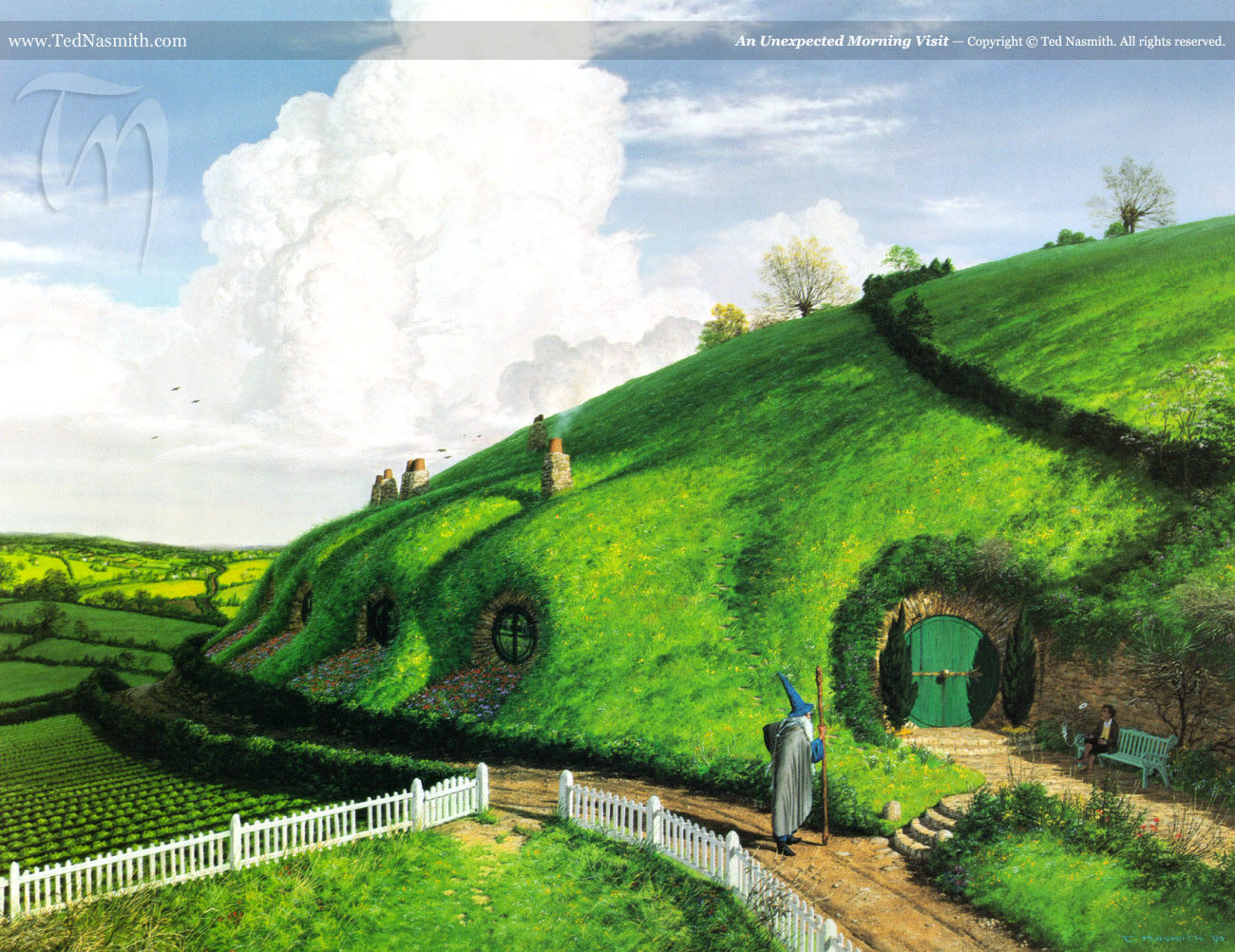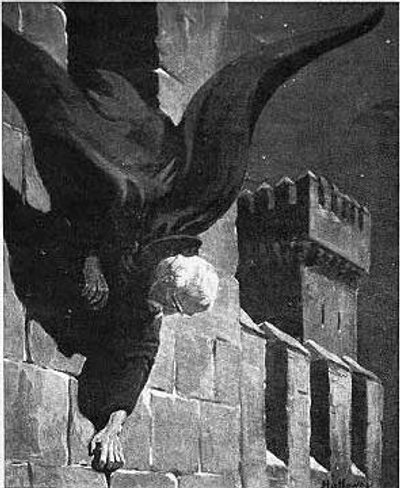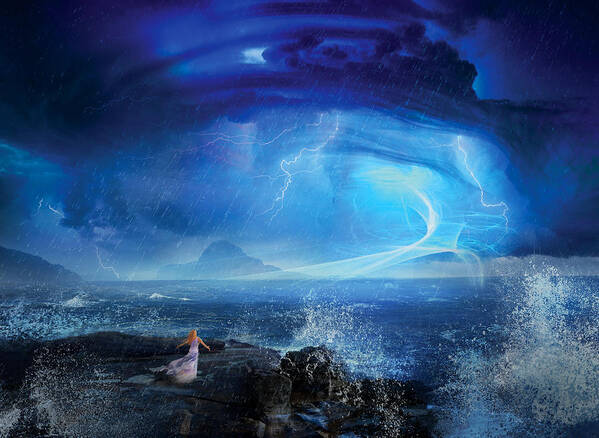Riprendo dall’amico Dismaster FraNe il questionario sull’OSR per i perplessi.
Un articolo o post che secondo me rappresenta il meglio della Old School Renaissance:¶
Ahia. Qua c’è da sudare. Ho dovuto filtrare house rules, regolamenti, post che parlavano di community e altre piacevolezze del genere, ma alla fine ho ripiegato su una procedura sinceramente e onestamente spettacolare, uno dei sistemi di generazione della Storia del mondo più belli che abbia incontrato in anni. Perché l’ho scelto? Perché secondo me rappresenta benissimo il genere di creatività (e culto delle tabelle casuali) che mi fa amare questo stile di gioco: What things remain: Tangible Lore and Oracular History Generation.
La mia perla di saggezza, consiglio, o affermazione irriverente preferita sull’OSR:¶
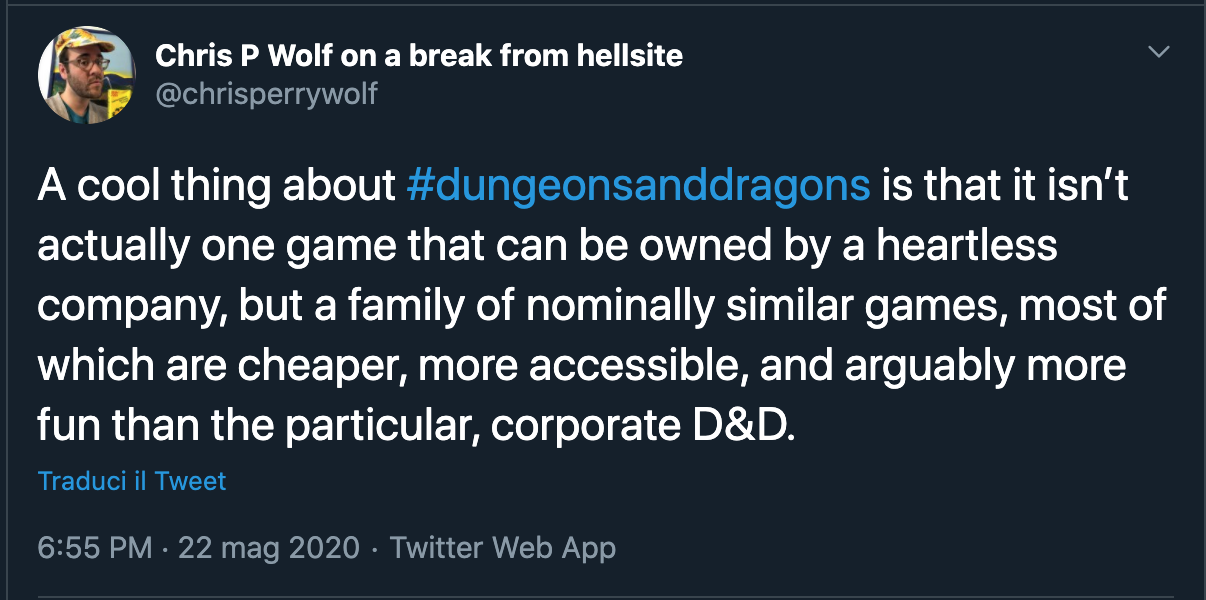
E’ un tweet, ma ho deciso arbitrariamente che vale lo stesso. Ed era pure candidato come post che secondo me rappresenta il meglio dell’OSR, perché questo è lo spirito punk che amo. Qua trovate il resto del thread.
Il miglior modulo o supplemento OSR:¶
Duro, durissimo. Potrei fare come FraNe e fare un elenco, ma non lo farò e mi farò del male. Se volete vivere la vera esperienza di questo post, passate 30 minuti a fissare il vuoto davanti a voi prima di leggere il prossimo paragrafo.
Witchburner. Un gioiello di avventura, nonché l’unica avventura investigativa letta fin’ora a convincermi come investigazione.
La mia house rule preferita (ideata da qualcun altro):¶
Sostituire qualsiasi conteggio coi dadi d’uso. Facilita la gestione delle risorse e aggiunge un po’ di pepe.
Come sono venuto a conoscenza dell’OSR:¶
Tutta colpa di Dal di Ruling the Game. Oltre ad aver fatto ottime scuole, è stato lui a farmi scoprire prima l’estetica e le regole, poi cosa fosse l’OSR.
Il miglior posto per parlare con altri giocatori di OSR:¶
Decisamente Telegram. Il gruppo di Ruling the Game è il posto giusto per parlare di scena OSR italiana.
Altri posti dove mi potreste trovare a parlare di giochi:¶
Ah, qua la lista è lunga:
- The Pit, un forum in inglese che amministro anche, sta dando molte soddisfazioni
- OSR Italia, il gruppo Facebook del buon Dismaster FraNe
- La Locanda è nato come forum italiano di Dungeon World, ma ci si fanno delle belle discussioni, soprattutto di game design
- OSR Discord, dove sono un po’ meno attivo perché hanno ritmi davvero frenetici, ma merita moltissimo.
La mia fantastica e irriverente opinione sull’OSR che nessuno apprezza mai abbastanza:¶
C’è un solo, vero significato dell’acronimo e l’ha scoperto Dyson Logos:
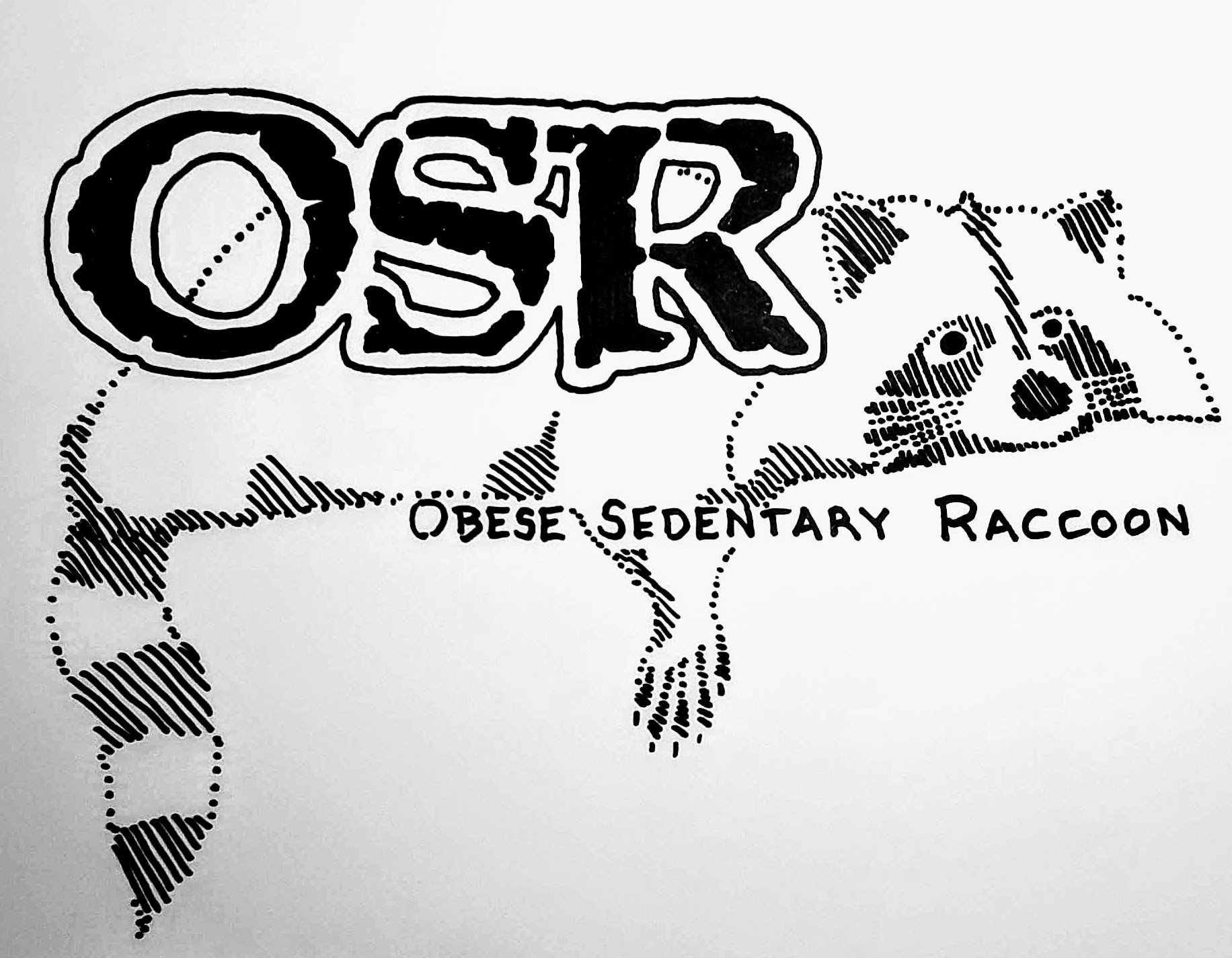
Il mio GdR non OSR preferito:¶
Fiasco, a mani basse. Non c’è neanche da discuterne.
Perché mi piace la roba OSR:¶
Perché è punk. A volte lo è nell’estetica, altre volte nei tempi, altri ancora nei modi di fare, ma c’ha sempre qualcuno da mandare affanculo e lo fa senza remore. E poi, da buon ambiente punk, ci sono la birraccia, le zine, un po’ di risse, la roba stampata in qualità bassissima, le risse, la birraccia…
Un altro paio di cose che dovresti sapere sull’OSR ma che non ho ancora detto:¶
Puoi portare lo “spirito” OSR praticamente ovunque, pure se il regolamento non è d’accordo, e un regolamento OSR giocato senza lo spirito giusto non è comunque OSR. Il che è molto punk. Non è quello che giochi, ma come lo giochi, la chiave.
E comunque l’ultima parola su cosa è davvero OSR ce l’ha il Procione e nessuno di noi ha diritto a contestarlo.
Se potessi leggere solamente un altro blog di GdR oltre il mio sarebbe:¶
Coins and Scrolls di Skerples. Ormai la mia regola quando ho un’idea di cercare il post di Skerples in cui l’ha avuta meglio di me.
Una roba sui giochi che ho fatto io e che mi piace un sacco:¶
Beh, al momento sono molto fiero di Abandoned Malls & Cultists / Cascine Abbandonate e Cultisti, probabilmente perché è il mio primo regolamento. E perché funziona benissimo per le serate con gli amici, che è ormai come gioco più spesso.
In questo momento sto giocando a/conducendo/narrando:¶
Vado avanti a one-shot, anche se probabilmente posso dire di avere in corso una campagna di AM&C, visto che i giocatori vogliono andare avanti con quei PG…
Non mi importa se usi la Classe Armatura ascendente o discendente perché:¶
Quando hai bisogno della Classe Armatura, sei già abbastanza nella merda senza dover litigare su quale sia il metodo migliore.
Il gioco OSR che vorrei veder tradotto in italiano è¶
Impazzirei per un GLOG, perché è una bella community e sarebbe bello vederla nascere anche in italiano



